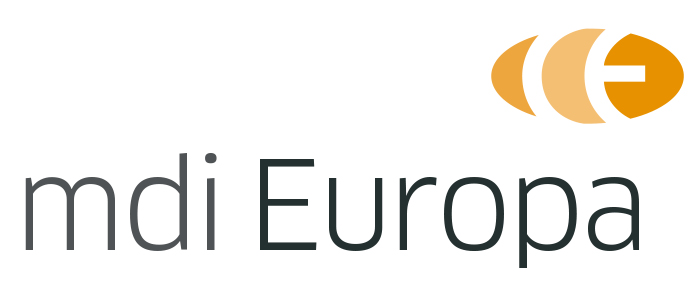The European Commission has officially recommended to postpone Regulation (EU) 2017/745 on medical devices (MDR) for one year. All eyes are on the EU institutions if the proposal will be adopted in time before May 26, 2020, the date of full application of the MDR. As for Regulation (EU) 2017/746 on in vitro diagnostic medical devices (IVDR), there are no plans for a delay.
Despite these developments, the Medical Device Coordination Group (MDCG) has published a number of updated and new guidance documents.
Updates:
MDCG 2018-1, which provides guidance about the Basic UDI-DI and changes to the UDI-DI under the MDR and IVDR has been updated and is available in its third version.
MDCG 2019-8, which provides guidance on implant cards under the MDR has been updated and is available in its second revision.
New guidance documents:
MDCG 2020-1 provides guidance on clinical evaluations (MDR) and performance evaluations (IVDR) for Medical Device Software (MDSW). The document is intended to clarify the level of clinical evidence manufacturers are required to include in their evaluation documents. It is highly recommended for manufacturers of MDSW as clinical evaluations or performance evaluations respectively are an integral part of the technical documentation under the MDR and IVDR.
MDCG 2020-2 is essentially important for class I medical device manufacturers who may and want to make use of the extended transition period until May 25, 2024. This concerns devices that would need a Notified Body under the MDR for the first time due to new classification rules, i.e. reusable surgical instruments, certain software products, substance based devices, inhalers, etc.
These products may continue to be placed on the market under the MDD until May 25, 2024 if certain conditions are met. Among others, no significant changes to the design or intended purpose of the device may be implemented after the MDR data of application. In addition, a Declaration of Conformity in accordance with the Medical Devices Directive (MDD) must be drawn up before the MDR date of application. If the applicable MDR date of application will be May 26, 2020 or May 26, 2021 remains to be seen and depends on the outcome of the postponement proposal mentioned above. The guidance document specifies the details that should be included in the Declaration of Conformity. Manufacturers are highly recommended to carefully review the document and implement the requirements.
MDCG 2020-3 is an important guidance document for manufacturers who want to continue placing products on the market under an MDD/ AIMDD certificate beyond the MDR date of application and also for class I device manufacturers making use of the extended transition period.
The guidance provides additional details what scenarios would include significant changes and which changes would not be considered significant in this context.
One of the conditions to follow this route is that no significant changes to the design or intended purpose of the device may be implemented. The guidance provides additional details what scenarios would include significant changes and which changes would not be considered significant in this context.
The document makes clear that in case of doubt, the Notified Body should be consulted. Administrative changes are generally not considered significant because they do not alter the design or intended purpose. MDCG 2020-3 offers useful flowcharts for the decision making process.
Class I device manufacturers who would need a Notified Body for the first time due to the MDR’s amended classification rules, are requested to document changes and prepare a justification why changes are not significant in this context. These must be provided upon request.
Sources: MDCG guidance documents
To complement this article we recommend the following sources
- Visit the Complete mdi Europa Download Section.
- Browse our website by keyword guidance documents.
- Read our paragraph “Major aspects of the MDR”.
- Read our paragraph “Major aspects of the IVDR”.
- Read our article “Most important changes on MDR“.
- Read our article “Most important changes on IVDR“.
- Read our article “MDCG Preparedness Plan and MDR Delay.





